Tilling
klo1
14 years ago
Related Stories
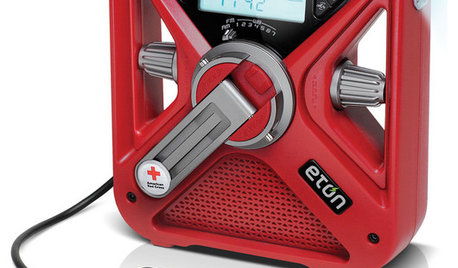
HOME TECH7 Ways to Charge Up and Connect After Disaster
Products and tips for communicating and keeping essential items running till the power's back on
Full Story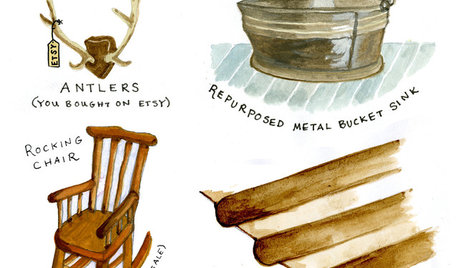
RUSTIC STYLE12 Must-Haves for an Instantly Rustic Home
No need to wait around for just the right hand-me-downs and woodsy finds — with these pieces, you can fake it till you make it
Full Story
MUDROOMSRoom of the Day: This Mudroom Is Just Plain Hot
Wait till you see what’s behind the hooks and bins in this genius family drop zone
Full Story
GARDENING GUIDESGardening Solutions for Heavy Clay Soils
What’s a gardener to do with soil that’s easily compacted and has poor drainage? Find out here
Full Story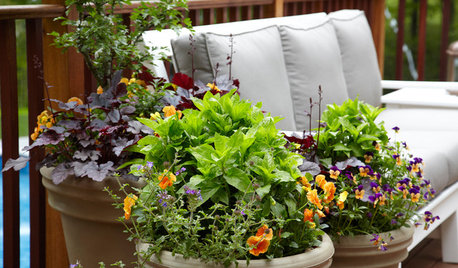
FLOWERS8 Knockout Flowers for a Fall Container Garden
Your cups will overfloweth with color and interest this fall when you plant these vivid seasonal garden classics
Full Story
GARDENING AND LANDSCAPINGWhat's in Your Garden?
Beautiful blooms, lush vegetation, maybe even a surprise or two ... we'd love to see what's happening in your landscape this month
Full Story
GARDENING GUIDESGardening Solutions for Dry, Sandy Soils
Has your desert or beachy site withered your gardening creativity? Try these ideas for a beautiful, easy-care landscape
Full Story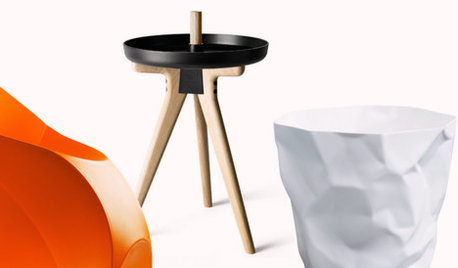
SHOP HOUZZHouzz Products: Innovative Things to Make You Say, ‘Wow’
Meet the problem solvers, the delightful finds and other models of great, creative design
Full Story
HOLIDAYS7 Quick and Easy Indoor Halloween Decorating Ideas
Make a pumpkin family portrait — no carving! — and other simple but eye-catching fall tabletop and mantel arrangements
Full Story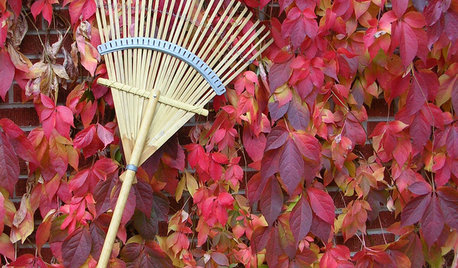
GARDENING GUIDESYour November Garden Checklist
What to do around the U.S. this month to help your garden thrive — when you're not admiring fall's brilliant colors, that is
Full Story





spademilllane
Okiedawn OK Zone 7
Related Professionals
70037 Landscape Architects & Landscape Designers · Marina Landscape Architects & Landscape Designers · Rancho Palos Verdes Landscape Architects & Landscape Designers · Jackson Landscape Contractors · Apollo Beach Landscape Contractors · Bowie Landscape Contractors · Brookfield Landscape Contractors · Cicero Landscape Contractors · Fort Mill Landscape Contractors · Harrisburg Landscape Contractors · Pueblo West Landscape Contractors · Wallingford Landscape Contractors · Braintree Decks, Patios & Outdoor Enclosures · Issaquah Decks, Patios & Outdoor Enclosures · Sugar Land Decks, Patios & Outdoor Enclosuressusanlynne48
klo1Original Author
elkwc
klo1Original Author
gamebird
elkwc
tomatomanbilly
klo1Original Author
gamebird